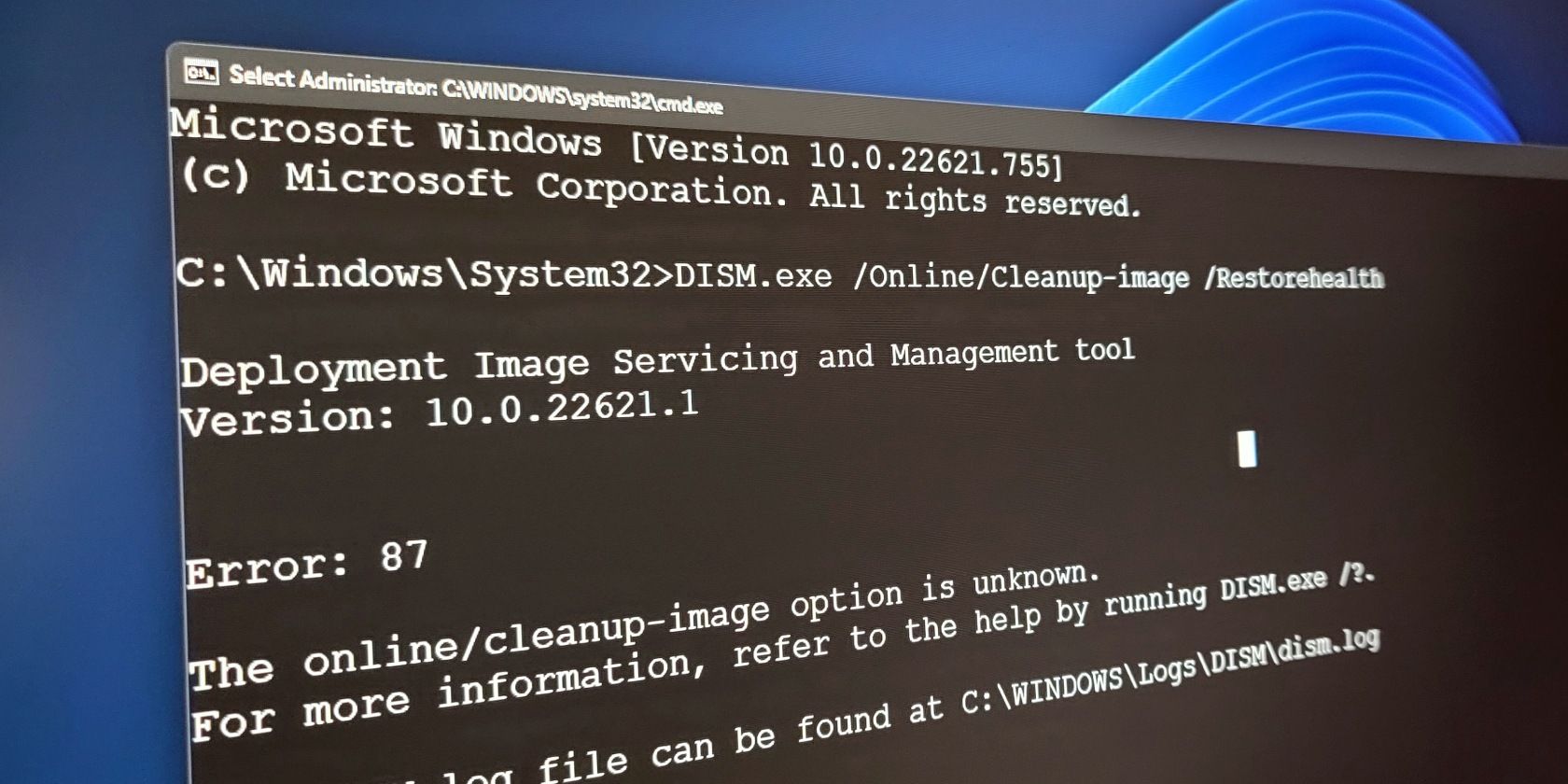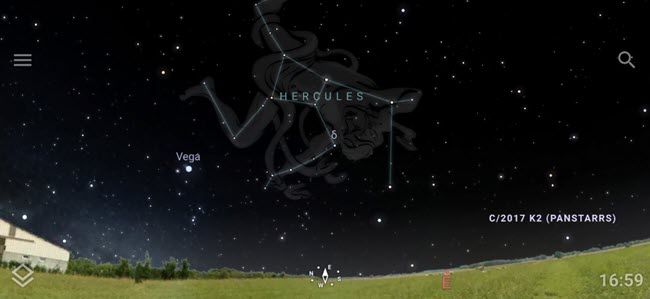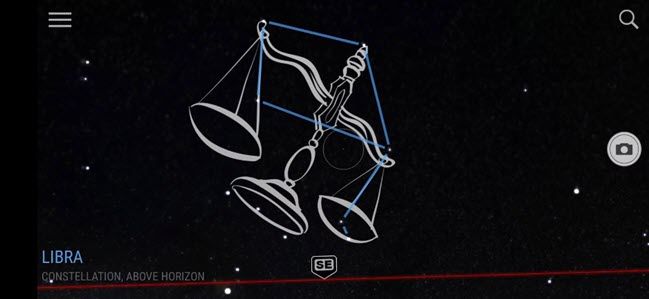
Astronomy on Demand: Using Your Smartphone Apps to Locate and Recognize Nighttime Stars

Astronomy on Demand: Using Your Smartphone Apps to Locate and Recognize Nighttime Stars
Quick Links
A star-studded night sky is a beautiful sight to behold. You might think a glowing rectangle would ruin the experience—and it can—but it can also enhance it. Finding constellations is easy with the right app.
When smartphones were first entering the mainstream, apps like Google Sky Map showed off their potential. Those apps weren’t just a gimmick to show off the accelerometer , though. There are still great apps that let you find constellations by simply pointing your phone at the sky.
Related: How Does My Phone Know Which Way I’m Holding It?
Stellarium

Our favorite app for sky gazing is Stellarium, which is also has a great web interface for desktop. The Stellarium app is available for Android , iPhone , and iPad . It’s free and open source with an optional one-time “Plus” upgrade for $19.99.
The basic idea of the app is it uses your location to know which constellations will be visible. You can use your finger to pan around or take advantage of your device’s sensors and see the constellations on the screen for exactly where you’re looking.
Stellarium also shows where planets, comets, satellites, and other deep space objects are in real time. You can even zoom in and out to get a different perspective on our planet. It’s a great app to have in your back pocket.
SkyView

Another great app for Android , iPhone , and iPad is SkyView. It’s available for a one-time purchase price of $1.99, or you can use the “Lite” version for free. SkyView doesn’t receive as many updates as Stellarium, but it still works well.
SkyView is the same general idea as Stellatium. The main difference is there’s no way to pan around with your finger, it only moves as you move your phone. One neat thing is its “Augmented Reality” camera, which puts the constellations, planets, and other things on top of your camera’s viewfinder.
The SkyView experience is a little rougher around the edges, but it’s still a great option. The “Lite” version has enough features for most people. If you find yourself using the app a lot, the $2 upgrade is easy to digest.
It’s pretty cool what all the sensors in your phone can enable. Finding constellations and planets in the sky used to require looking up coordinates and knowing where things are at different times of the year. Now you can just point your phone at the sky and be amazed by space .
Related: NASA’s New Space Photos Are the Perfect Desktop Wallpapers
Also read:
- [New] 2024 Approved Understanding Google's AR Sticker Innovation
- 5 Leading eLearning Programs to Excel in Artificial Intelligence Prompt Design
- 6 Effective Strategies for Leveraging ChatGPT During Your Career Quest
- Addressing ChatGPT's Compliance Concerns, New Features in Google News, and Strategies for Superior Cellular Data During Vacation
- AI and Academic Integrity: Has ChatGPT Made the Classic Student Essay Obsolete?
- Augmenting Visual Appeal Implementing Black Bar & Box on FB
- Battle of the Titans: Llama 3 Against GPT-nAi in an Intense Showdown!
- Best Substitutes for ChatGPT: Our #1 Picks
- Compreendendo O Formato De Vídeo AVI - Tudo O Que Você Precisa Saber Sobre Abertura E Conversão
- Essential Windows Temperature Tracker Guide
- From Hacking to AI Woes: The Story Behind @LinusTechTips' Twitter Account Breach, Unraveling Trojan Threats & Challenges with ChatGPT.
- In 2024, No Download Needed YouTube to Vivid Animation Gif Transformation
- In 2024, Transforming Live Interactions Into Captivating Content
- Mastering the Art of FB Image Picks
- Ultimate Guide: Cutting Down High GPU Usage From Desktop Window Manager in Windows 11
- Title: Astronomy on Demand: Using Your Smartphone Apps to Locate and Recognize Nighttime Stars
- Author: Larry
- Created at : 2024-12-25 08:02:55
- Updated at : 2024-12-28 03:20:21
- Link: https://tech-hub.techidaily.com/astronomy-on-demand-using-your-smartphone-apps-to-locate-and-recognize-nighttime-stars/
- License: This work is licensed under CC BY-NC-SA 4.0.